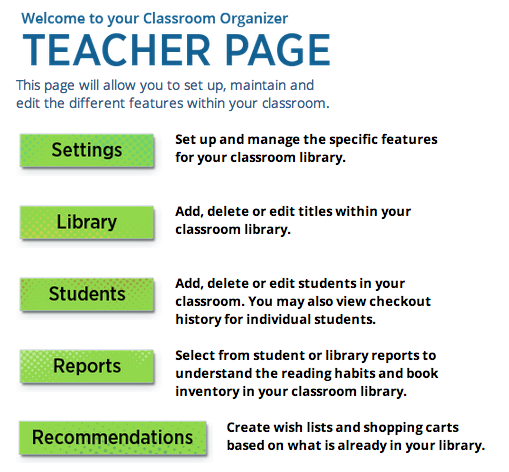Starting the year in Grade 8 Social Studies: Early American History means setting up ways of thinking and doing while tackling content at the same time. Two basic skills in particular are used continually throughout the year: reading primary source documents and thinking critically about perspective and bias within sources. Therefore early in the year it's important to establish strategies for reading informational texts and to consider context while reading.
Our first unit is Residents and Invaders (AKA Native Americans and Explorers). The first textbook chapter focuses in on Native Americans before Europeans arrived. It discusses how they arrived in the Americas and how different regional groups adapted to their environment. As with all textbooks, the information is general and limited, but gives students a basic understanding. It also does very little to address primary sources and bias.
Therefore, I open the unit with a slideshow that addresses the idea that there is a lot of bias and stereotyping of American Indians in society today. I list the many different terms used, including Indian, American Indian, Native Americans, and First Americans and ask students to consider which term seems to fit the best, and which one the worst. I show images of sports mascots and children's coloring book images that negatively stereotype them, and ask them to discuss what these images are actually showing. This opens them to the idea of considering popular terms and media images with an eye to bias and racism. Then I throw out the question, "If I wanted to know what name to call them or what they think of these images, how could I do that best?" Of course, at least one of my brilliant students comes up with, "You could ask them!" (also "You could Google it!").

As I was transitioning through Dulles Airport a couple years ago, I wandered through the Smithsonian Museum gift shop (so cool!). They had a display from the National Museum of the American Indian, and I bought a book called Do All Indians Live in Tipis? (2007). This question and answer book addresses the most commonly asked questions the museum guides hear, and all the answers are written by American Indians. Here was a way we could "ask them!" I knew immediately that this could be my resource for opening the door to primary source documents, and also reading informational texts because the articles are short and at approximately a sixth grade reading level (easy enough for almost all of my students to read independently with good comprehension). I chose four articles to read over the next couple of weeks: "What is the Correct Terminology: American Indian, Indian, Native American, or Native?", "What's Wrong with Naming Sports Teams Indians, Braves, etc.?", "Where did Indians Come From? How Did They Get to the Americas?", and "What is the Relationship of Native Americans to the Environment?".
I taught students how to annotate informational texts using the gradual release of responsibility model (I do it, we do it together, you do it). I started by reviewing the seven major reading comprehension strategies, as outlined by Harvey Daniels and Nancy Steineke in Texts and Lessons for Teaching Literature (Heinemann, 2013):
THINGS TO THINK ABOUT WHILE READING:
· What I understand right now (short 1-sentence summary)
· Personal connections that I am reminded of
· Visual or sensory images I am experiencing as I read
· Questions I have (including new words)
· Answers to my questions (including predicting word meanings)
· Parts that seem especially important or interesting
· The main idea or message of the whole text
I modeled how to make "margin notes" to capture thinking about the reading while I read, including noticing new vocabulary words and guessing meaning before continuing. Students were good at underlining and highlighting parts that stood out for them; they were less skilled at noting why they marked those particular passages. I gave them a "notes goal" for each passage (usually 3-5 depending on the length of the piece), and asked them to write a main idea summary at the end. I collected the articles with their annotations, and gave them feedback to help them progress.
One common error that I continually wrote feedback, and taught follow-up lessons, about was the main idea summary. Students often wrote what the article was "about", for example: "This article was about how Native Americans came to the Americas and settled there". True, that is what the article was about, but there is no actual information embedded within that summary. Did they even read it beyond the title? I was looking for the three scientific theories and the Native American's perspective captured within the summary statement. If students followed the "about" statement with main idea details, that would have been fine; however, they rarely did. Nancy Boyles, in this article from Educational Leadership says this about close reading of texts,
"Paraphrasing is pretty low on Bloom's continuum of lower- to higher-order thinking, yet many students stumble even here. This is the first stop along the journey to close reading. If students can't paraphrase the basic content of a passage, how can they dig for its deeper meaning?"
Students made progress, but there is more work to be done here. We are about to do a short text set unit that will investigate whether Christopher Columbus was a hero or a villain. Within this mini-unit, we will continue our work with text annotations and main idea summaries, as well as noticing how authors include bias in their texts. The foundations laid this first quarter will set us up as we read primary documents from the colonial America era as well as current event articles and research. Each successive reading experience gives me the opportunity to review past skills and add on an additional layer. Hopefully by the end of the year, they will be skilled readers of primary documents and critical thinkers about sources and bias.
I







